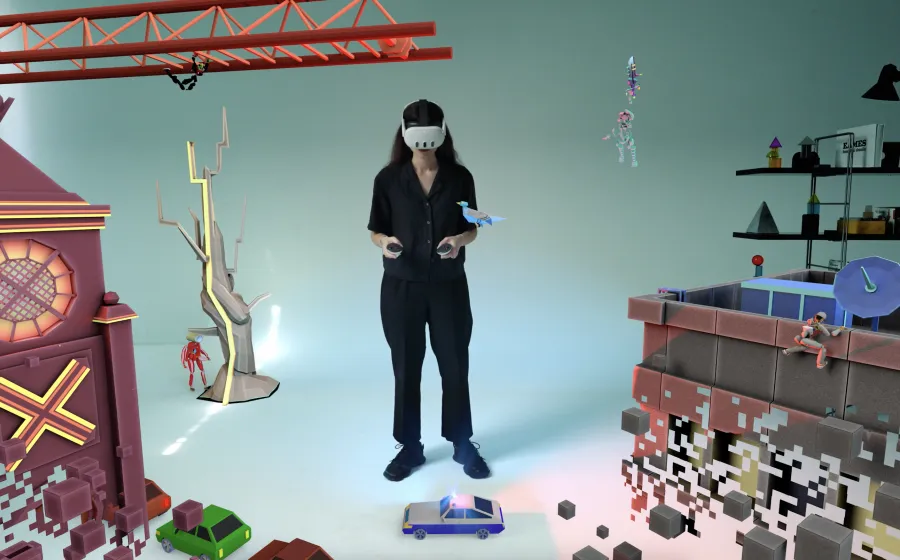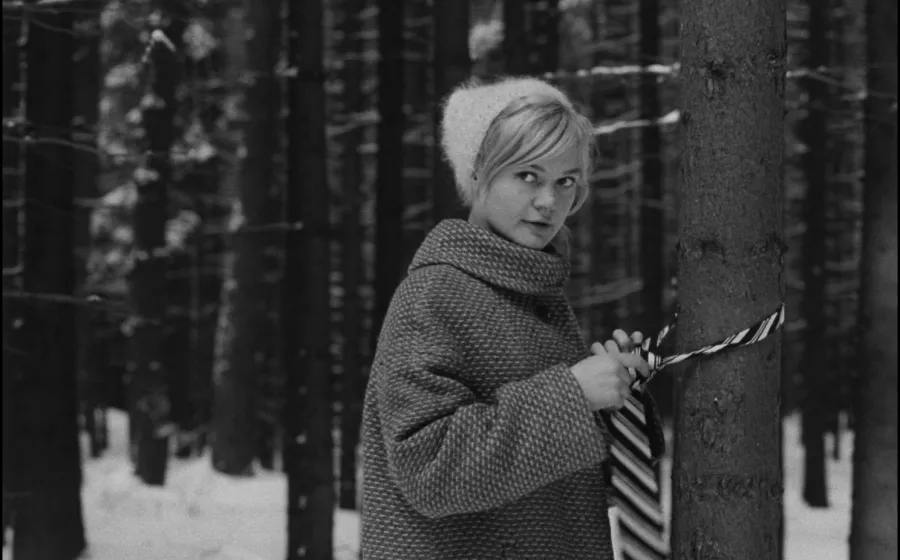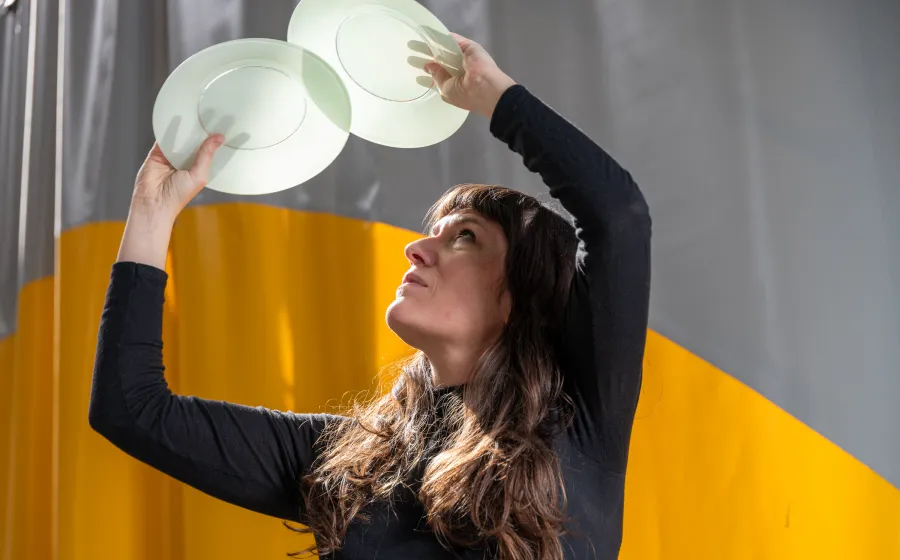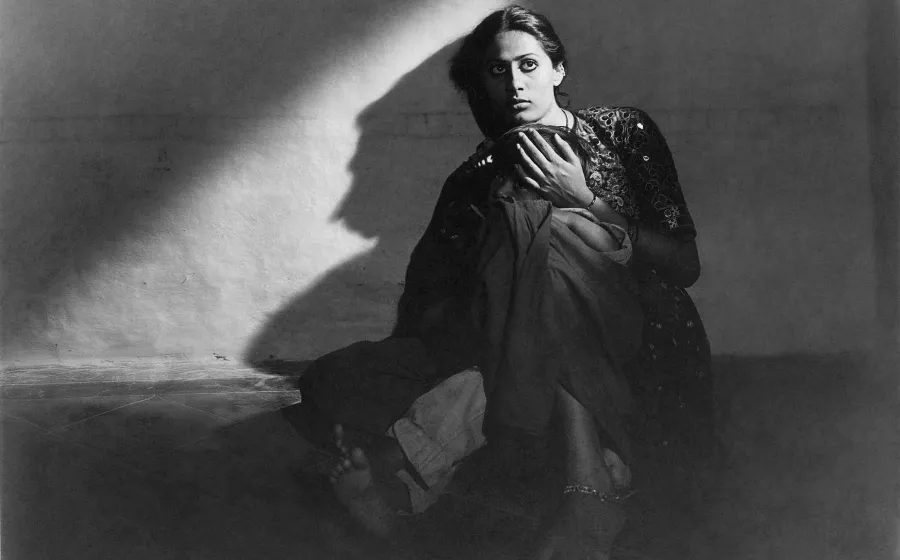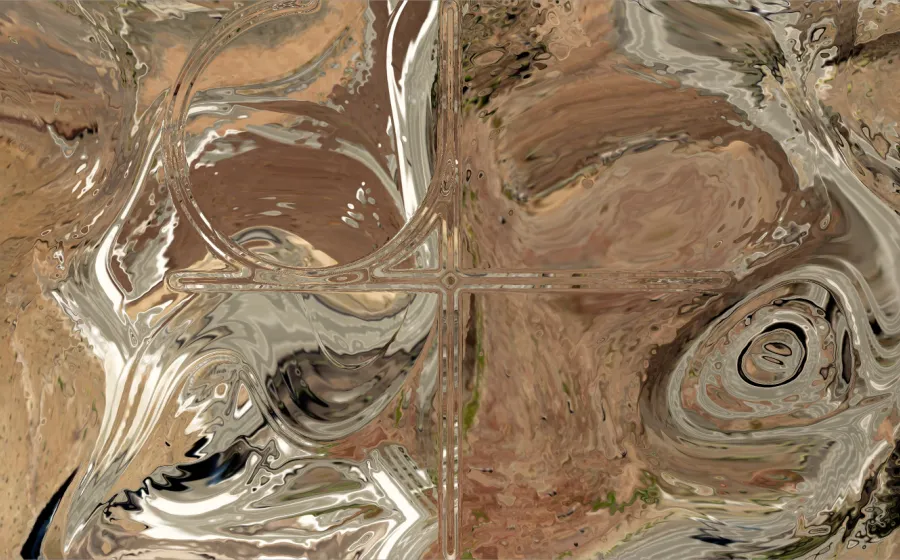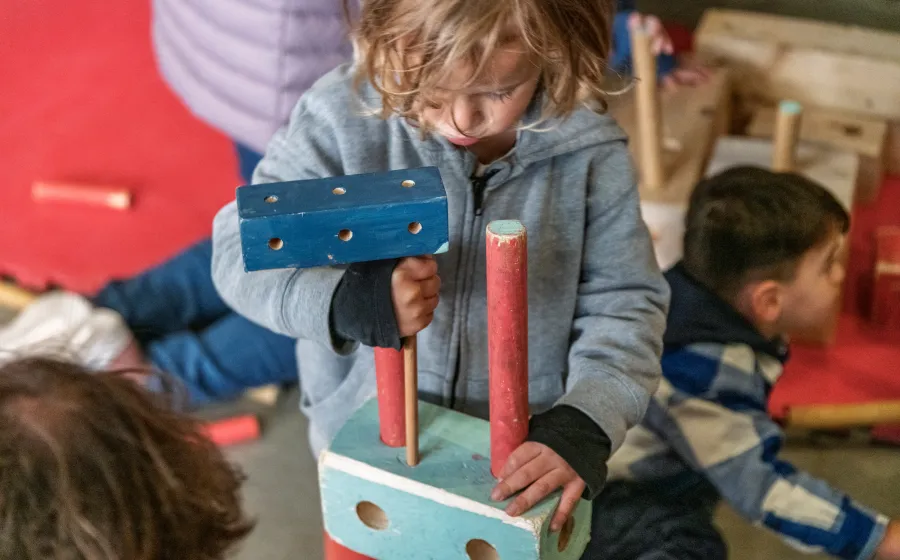Matadero Madrid will kick off the season with the L.E.V. Matadero festival, the exhibition by Cristina Mejías, and the LAB 4 Strange Futures laboratory
> Nave 0 will host a site-specific creation by artist Cristina Mejías, in which water will weave through the building’s architecture.
> Cineteca Madrid will hold Animario, the Madrid International Contemporary Animation Festival, from December 11 to 14.
> Medialab will run its collaborative research laboratory LAB 4 Strange Futures.
> Intermediae Distribuido will develop three participatory artistic and cultural projects in collaboration with the Arganzuela and Usera districts.
> The Artistic Residencies Center will welcome new artists who will develop their projects within this framework of institutional support.
> Numerous family activities will explore play, art, and nature.
Matadero Madrid, a space within the Department of Culture, Tourism and Sport of the Madrid City Council, is finalizing the program to open its season in September. After the summer break, the annual events return: L.E.V. Matadero, the Festival of Visual Electronics and Extended Realities, from September 18 to 21; and Animario, the Madrid International Contemporary Animation Festival, from December 11 to 14, organized by Cineteca Madrid.
In October, Nave 0 at Matadero Madrid will present the second site-specific exhibition in the revived “Abierto x Obras” program, this time by artist Cristina Mejías. Curated by Soledad Gutiérrez, the project invokes a fragile, mutable ecosystem with water as its protagonist. Meanwhile, Medialab will kick off the season with its collaborative research laboratory LAB 4 Strange Futures, focused on probing the deep instability haunting contemporary society, immersed in constant uncertainty.
Additionally, the Intermediae Distribuido call will support three community-focused projects by artists, creators, agents, and cultural or social collectives, developed in collaboration with the districts surrounding Matadero Madrid: Arganzuela and Usera. The Artistic Residencies Center will likewise welcome new resident artists who will develop their projects under institutional support and will open to the public in November to share the creators’ work. For younger audiences, there will be interactive spaces and programs to explore through play, art, and learning.
L.E.V. Matadero: Festival of Visual Electronics and Extended Realities
Curated by the Datatron platform and organized by Matadero Madrid, L.E.V. Matadero returns for its seventh edition from September 18–21, showcasing cutting-edge proposals in sound, audiovisuals, and digital experimentation. The latest technological tools will serve some of the most creative minds nationally and internationally, offering immersive concerts, installations, exhibitions, and extended-reality experiences across the venue—to dive into unheard-of worlds.
The event offers a journey through concerts, installations, exhibitions, and activities focused on extended realities, designed for those seeking immersive experiences at the intersection of artistic production and tech-led experimentation.
Christina Mejías exhibition in Nave 0
The second exhibition in the “Abierto x Obras” series will feature artist Cristina Mejías (Jerez de la Frontera, 1986), curated by Soledad Gutiérrez, both based in Madrid. In this invitation for “Abierto x Obras,” Mejías focuses on the materiality of knowledge creation. She conjures a fragile, mutable ecosystem with water as protagonist, companion, and guide through an installation that threads through the building’s architecture.
Mejías’s work remains attentive to oral tradition, listening, and narrative, using sculpture, installation, and video as her main media. She has recently exhibited solo at international institutions like Museo Patio Herreriano (Valladolid), RoyalMount (Montreal), Vinya dels artistes (Lleida), Centro de Arte Párraga (Murcia), Teatro La Capilla (Mexico City, with Víctor Colmenero Mir), Provincial Museums in Cádiz and Jaén, Blueproject Foundation (Barcelona), and the Museo Arte Contemporáneo del Zulia (Maracaibo, Venezuela). Her work will also be featured soon at an individual show at C3A in Córdoba.
Medialab explores strange futures in LAB 4
The fourth edition of Medialab’s collaborative research lab, LAB 4 Strange Futures, will focus on exploring the deep-rooted instability of contemporary society amid ongoing uncertainty. The program welcomes participation from artists, technologists, experimental designers, critical thinkers, students, experts, and the general public drawn to the theme.
In November, Medialab will dive deeper into one of the LAB 4 themes—“soft science fiction” and poetic tech interventions—with Dutch artist-designers collective Metahaven. They will present Hometown (a Spain premiere), new commission Collapse of the Weave Function, and a geodesign workshop.
Also, during the new season Medialab will launch three new situated research projects for 2025–2026, aligned with its research lines and engaging the center’s communities. The Artistic Residencies Center will reopen its FabLAB in Nave 16, available to all residents, hosting workshops and activities around digital fabrication. Concurrently, existing working groups—like Repair Café Electrónico, Costura Remake, CoderDojo, and The Things Network—will continue their work.
Intermediae Distribuido focused on Arganzuela and Usera
Intermediae opens the season with three selected projects in the new Intermediae Distribuido call, announced in June, aimed at supporting participatory cultural projects by individuals and collectives connected to the districts close to Matadero Madrid: Arganzuela and Usera.
These three projects share a community-driven and experimental nature. The first tackles everyday violence through sports and theater-arts methodologies focused on youth in Usera. The second addresses cultures of mourning, centered on the high concentration of funeral homes and cemeteries in southern Madrid and their surrounding communities. The third is a community photobook project documenting present-day Usera. All three will run for up to a year and will be guided by Leire San Martín (expert in mediation, education, and contemporary art practices) and Adriana Reyes (anthropologist and live-arts creator), who served on the selection committee.
Cineteca Madrid: cinema, mysticism, and animation
In September, Cineteca Madrid returns with its regular programming featuring a month dedicated to cinema and mysticism, exploring how film has approached the inexplicable, the invisible, and the transcendent. “Spiritual Journeys: Recovering the Legacy of Indian Cinema” will restore film heritage treasures. “Czech Cinema of the ’70s: Beyond the New Wave” will present radical experimentation and political commitment, where cinema served as memory and resistance. “Visions of the Apocalypse: Cinema for the End of the World” will showcase defining genre films.
From December 11–14, the eighth edition of Animario, the Madrid International Contemporary Animation Festival, will bring together audiences and creators with national and international programming of screenings, talks, panels, and workshops. The festival will also support creators via two awards: Best Animated Short and Animation Production Prize.
Open Calls at the Artistic Residencies Center
The Artistic Residencies Center (CRA), dedicated to building support networks for the city’s creative fabric, will continue to host creators in Nave 16 working in environmental themes, contemporary art and education, experimental electronic music, musical production, and visual arts. In November it will reopen to the public to showcase artist work. And in September, the PETRA experimental writing program in contemporary art returns with workshops led by Marta Fernández Calvo, Vito Gil-Delgado, and Jorge de Cascante.
Family Activities: exploring nature, art, and play
In autumn, Matadero Madrid’s family program returns packed with offerings for all ages. In collaboration with El Bancal, children can reconnect with urban nature and discover historical crafts by building fairy houses. With Bajo Teja, kids can reflect on celebration through dancing, singing, and play. The musical show Escaramuza Fluorescente returns with a scenography workshop where children will design sets alongside the Buque Bólido duo, plus free-play wooden-piece zones and sensory-interactive areas for babies.

